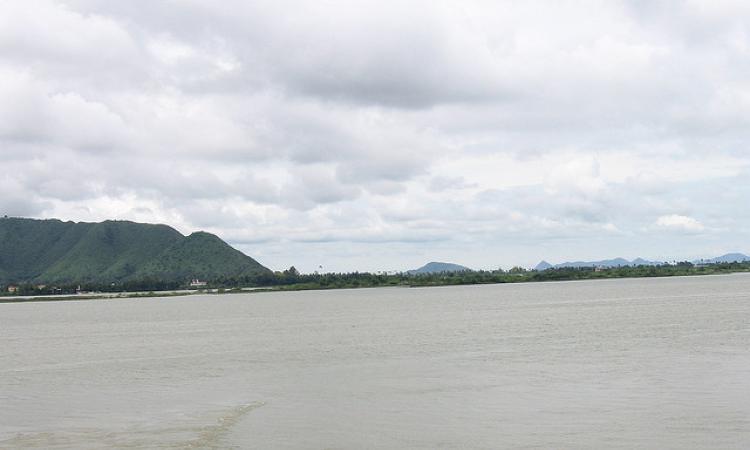
In recent years, water is being extracted from all available sources to satisfy society's growing demands. River basins are mined limitless at various locations. This leads to the basin becoming closed, which means that no more utilizable flow is left in the basin. This results in scarcity and frequent water crises, many of which are artificially created by the over-exploitation of available water resources.
The Krishna River basin is an example of a closed river basin where the basic in closed not only at the mouth of the river but also at a sub-basin level. The Krishna originates from Mahabaleshwar in the Western Ghats at height of approximately 1337 metres above mean sea level and flows 1400 km eastwards to meet the Bay of Bengal in Andhra Pradesh. Geographically and according to administrative boundaries, the basin lies in the states of Maharashtra, Karnataka, and Andhra Pradesh (Venot, Hugh, 2007). It has been ranked India’s fifth largest river basin and covers around 8% of total area of the country.
From water use trends in Maharashtra, we can infer that the Bhima sub-basin has crossed the optimal point due to overuse by the irrigation, domestic and industrial sectors. Since hydrological cycles, water users, aquatic and terrestrial ecosystems are interconnected, it is difficult to administrate river basins.
State water policy
The state water policy, which describes the water scenario, challenges and perspectives, was formed by the state government in 2003 and was revised in 2011. Policy framework emphasises on Integrated Water Resource Management (IWRM) along with the need for watershed management, groundwater management and aquifer management. The revised policy gives second priority to irrigation after drinking water. (Patil, 2012) Water for environmental purposes is still at fifth place.
The policy mentions that dams should allow minimum water flow as environmental flow in the rivers but the minimum level is not defined. Water rights are not clearly mentioned. Political economy operates the market in Maharashtra.
Well-defined water policy
If the water policy is rightly drafted and followed, then some of the concerns about water scarcity and droughts in Maharashtra can be addressed. The Krishna basin is one of the important sugarcane growing areas in the state. Drought-prone and drought-affected districts are major sugar producing districts. 45000 cu.m per hectare water is needed for cultivating sugarcane or 2068 litres of water for producing 1Kg of sugar. There has been no serious attempt at controlling area under sugarcane or controlling unauthorised sugarcane cultivation around Ujjani backwaters.
It is said that benchmarking irrigation projects will help government officials and planners in policy formulation for development as well as management (Water Resources Department, 2003-04). Assessment by a large number of researchers around the world shows that closure and scarcity problems will intensify unless they are addressed now. Presently in the sub-basins of Krishna, it is important to emphasise water management.
Well-defined water policies, water rights, management and governance are required to deal properly with these closed or closing sub basins.
About the author
Sharduli Paranjpe is a student of Masters of Planning, Faculty of Planning and Public Policy, Centre for Environmental Planning and Technology (CEPT) University, Ahmedabad. A working paper by her gives the detailed assessment of the Krishna River Basin Closure.
Disclaimer
The views and opinions expressed in this article are those of the author/s and do not necessarily reflect the policy or position of India Water Portal.
Lead image courtesy: Gopal Venkatesan